Ilford SFX is an extended red sensitivity black and white film, which I had used once before through a medium-format camera. I liked it very much, though it proved expensive for 120 film. Recently I noticed the 35mm version, so thought I would try it with my trusty Konica Hexar AF.
Many people use the SFX with a dark red filter, to create deep black skies. I didn’t want to go that dark, so opted for an orange filter. With an ISO of 200, I had to wait for a sunny day in Edinburgh before using it. On reflection, I could have done better with some clouds in the sky, but thankfully the beautiful grain made even blank white skies interesting.
As this was a special shoot, I splashed out and got the film developed, printed and scanned at Ag Photo Lab, and they did a great job. They offer a new service – photos printed on silk, which I’m really impressed with. Recommended.
So, let’s get to the images…I spent a beautiful morning on the Braid Hills in Edinburgh.
Having a filter on the lens, I felt brave enough to try a few sun shots like the one above. I really like way the sun (despite revealing an annoying fingerprint, or some such thing, on the lens or filter!) reminds us it is a star, lest we forget! I also like the rendering of the cloud on the right. The hexagonals and circles emanating from the sun are intriguing.
Here’s another sun shot, this time capturing someone on the observation tower in another hexagonal. The distant clouds are rendered well, and I like the enveloping darkness either side of the action.
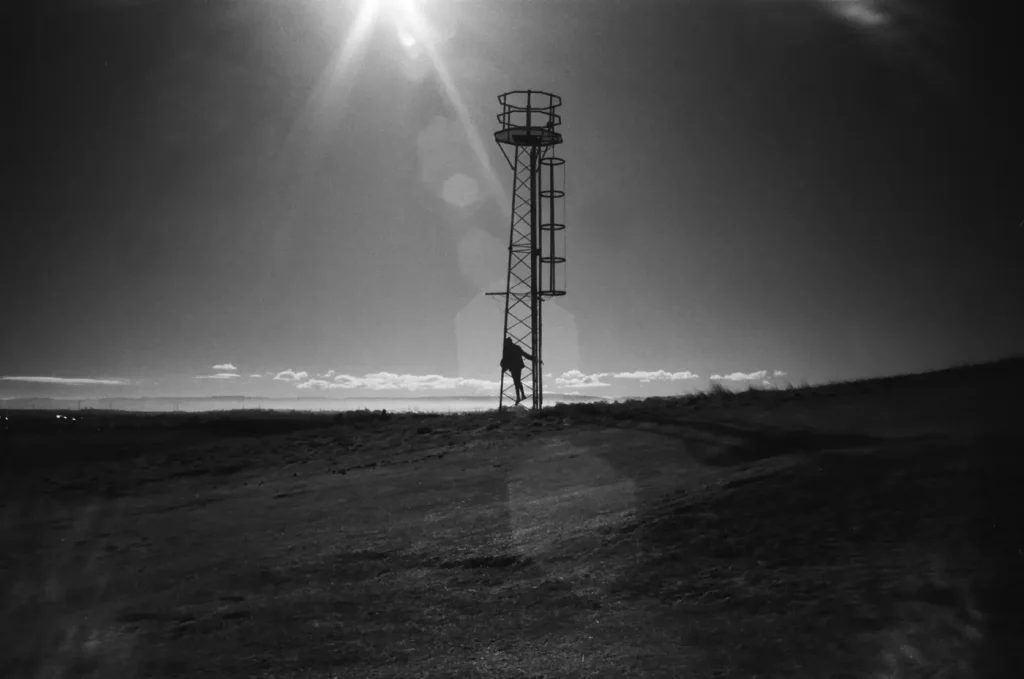
OK, I can’t resist sharing one last sun shot…I’m really pleased with the way the film and camera have combined to render the sun rays, something I usually try to avoid.
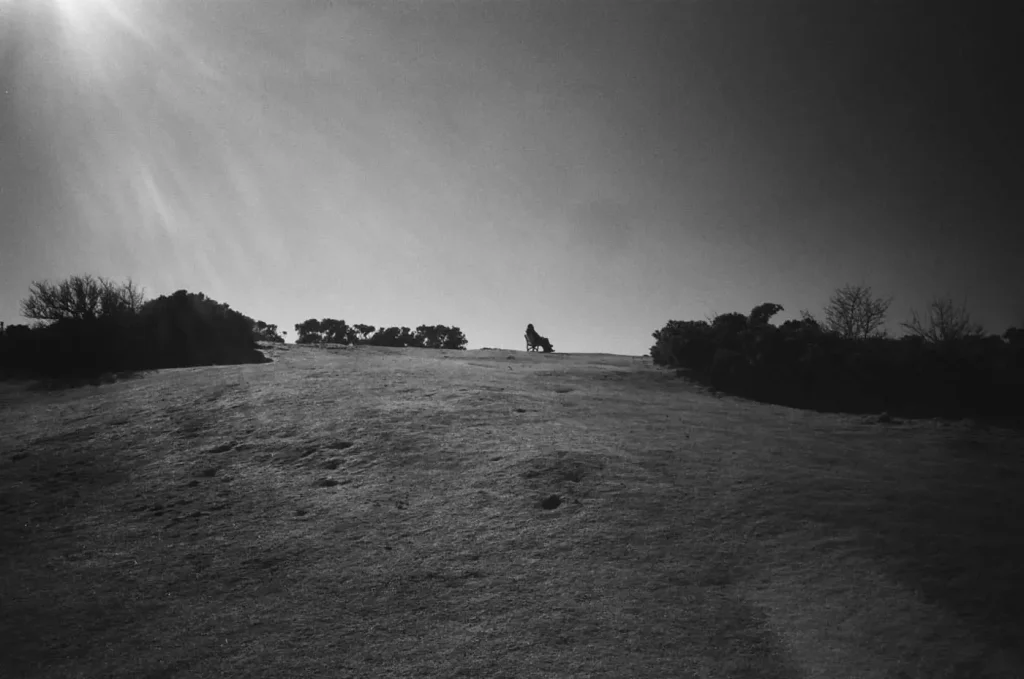
From close to the top of the hill, I turned around and saw Edinburgh sprawled out beneath Arthur’s Seat, where a teenage Charles Darwin learned about geology, while studying at Edinburgh University. I have to say that the grain on the print of this picture is absolutely beautiful.
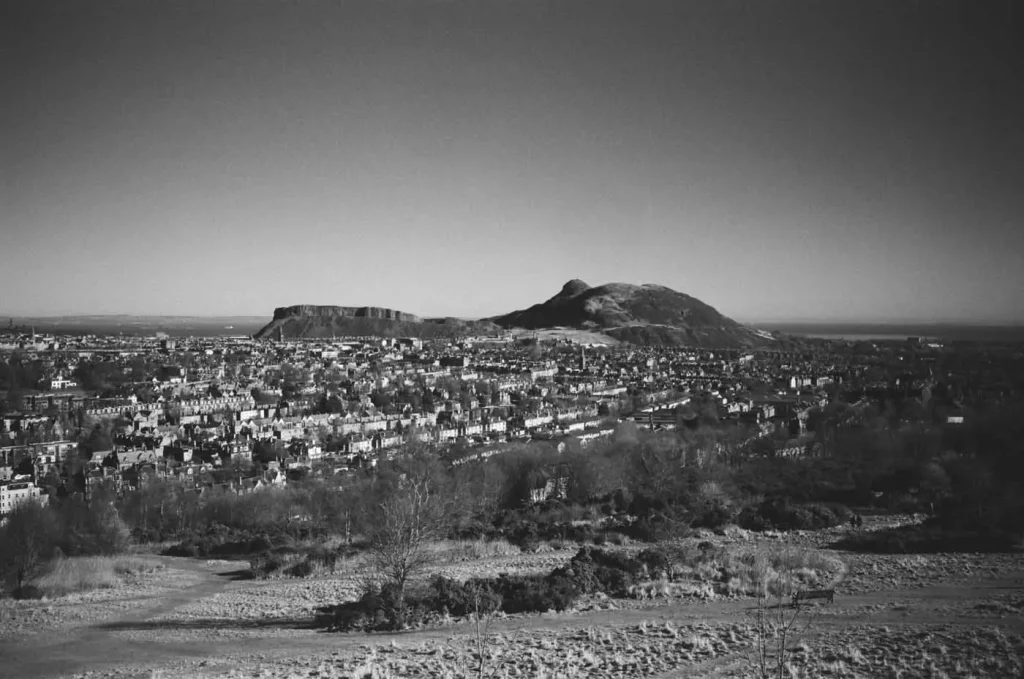
I also got a good view of the observatory, which has an annual photography competition, where photographers get free run of the place. The winning image gets used in their publicity posters. Sounds like free commissioning to me!
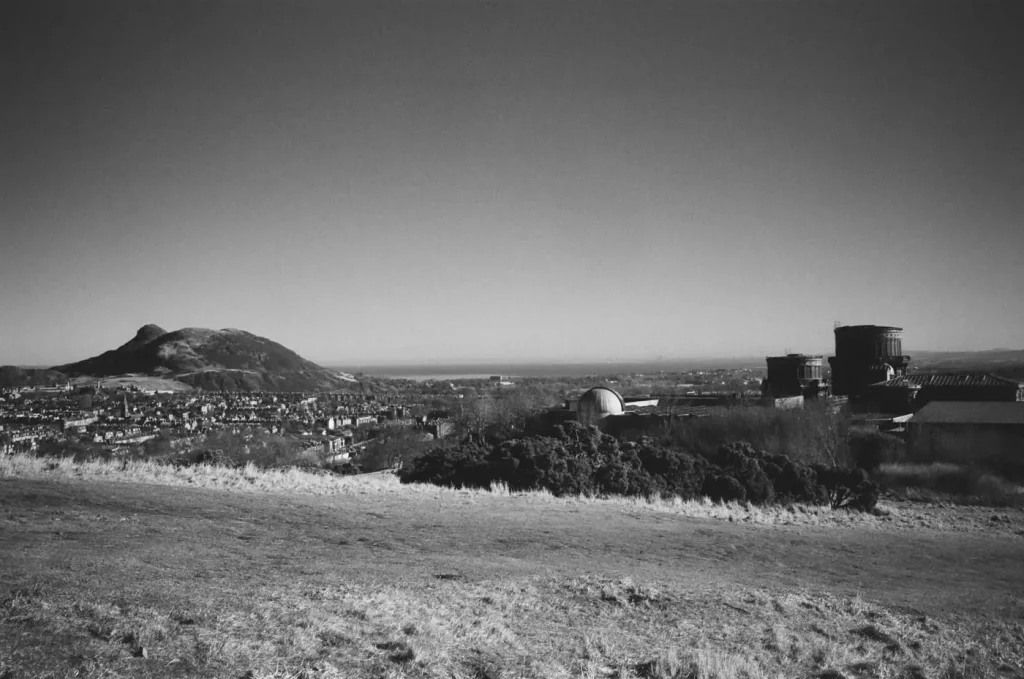
Over the other side of the hill, I got a great view of the south of the city. I’m a sucker for a lone tree shot – the housing and church are just a bonus:
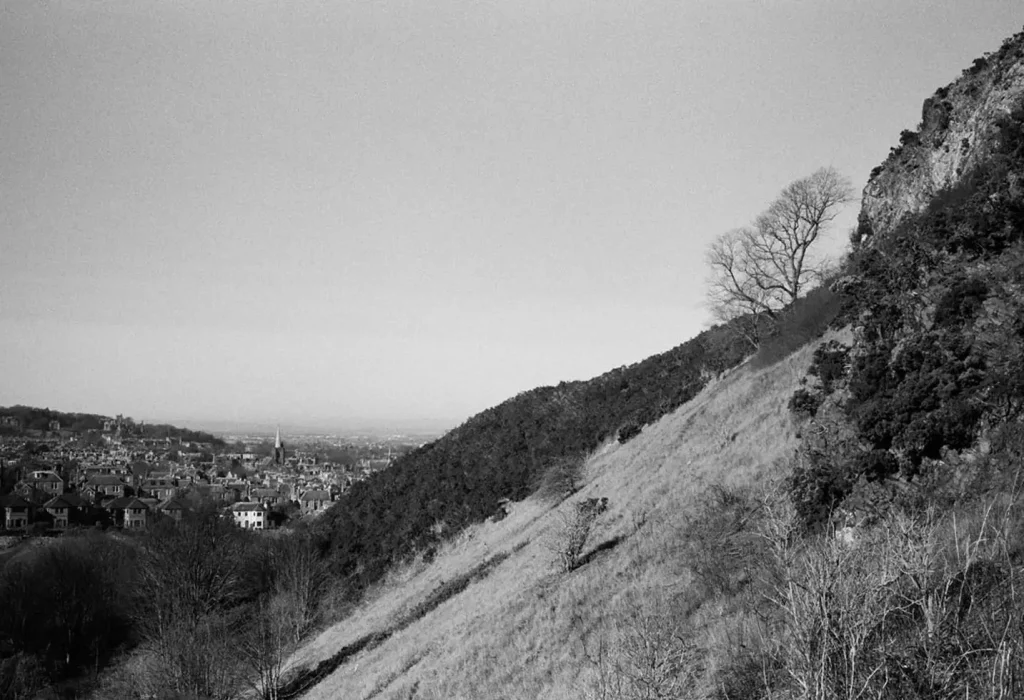
I took the steps down to the lower levels:
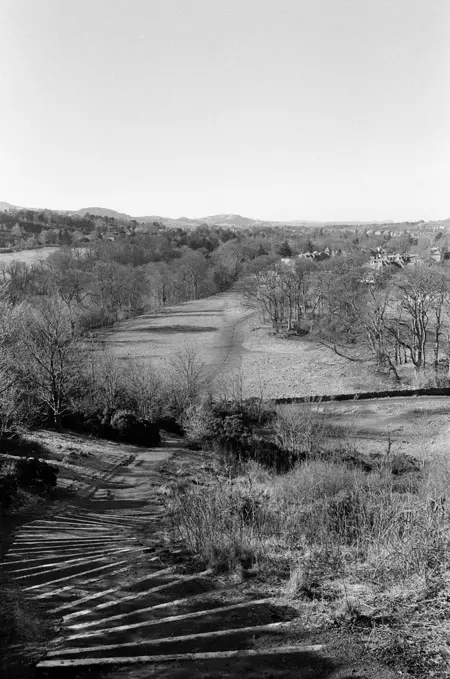
And was rewarded with some strangely attractive (to my eyes, at least!) tufts of grass:
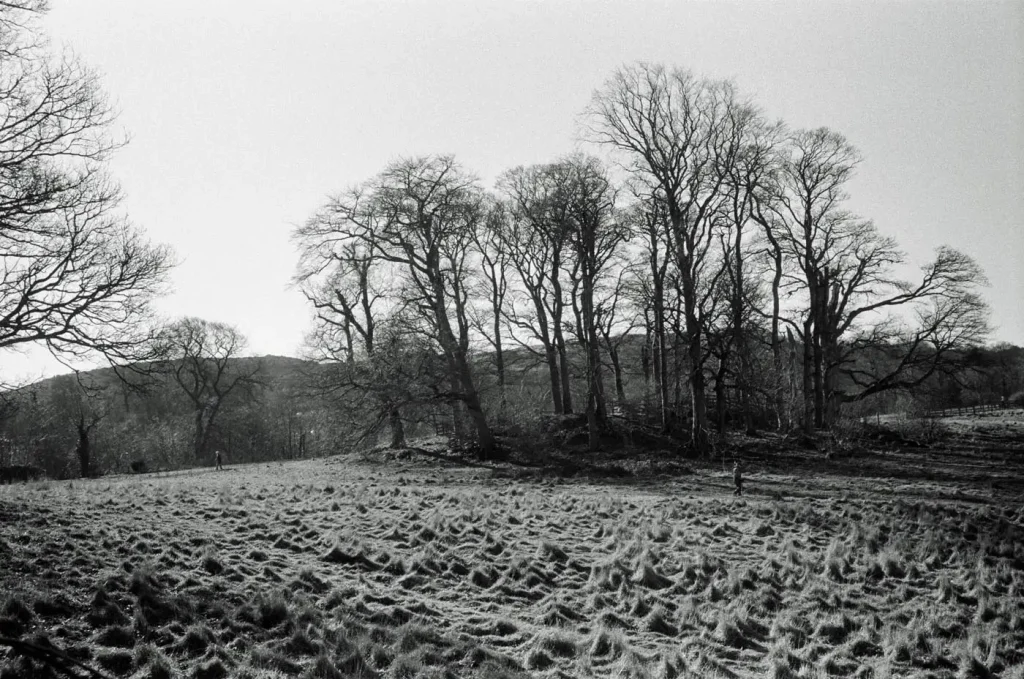
Just round the corner I came across an allotment. I used to have one myself in Dundee, so I’m always attracted to them, not least for their photographability! Without the orange filter, this shot would have been sharper, which I might have preferred:
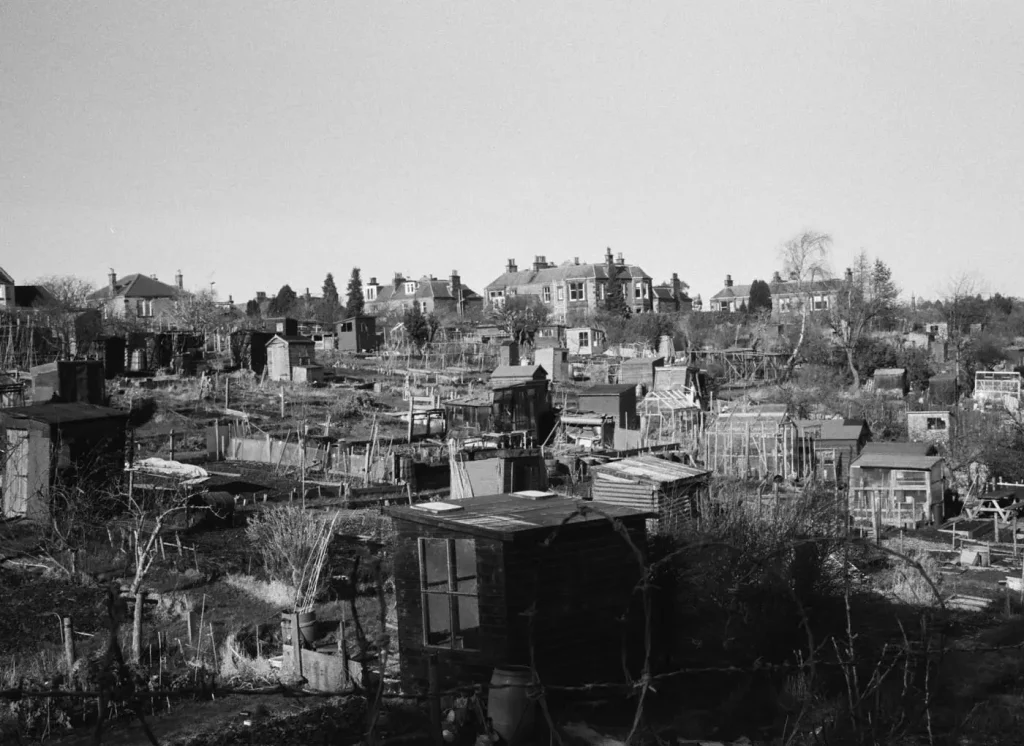
And a hundred yards further along, I came to Blackford Pond. The film has put the Black in Blackford:
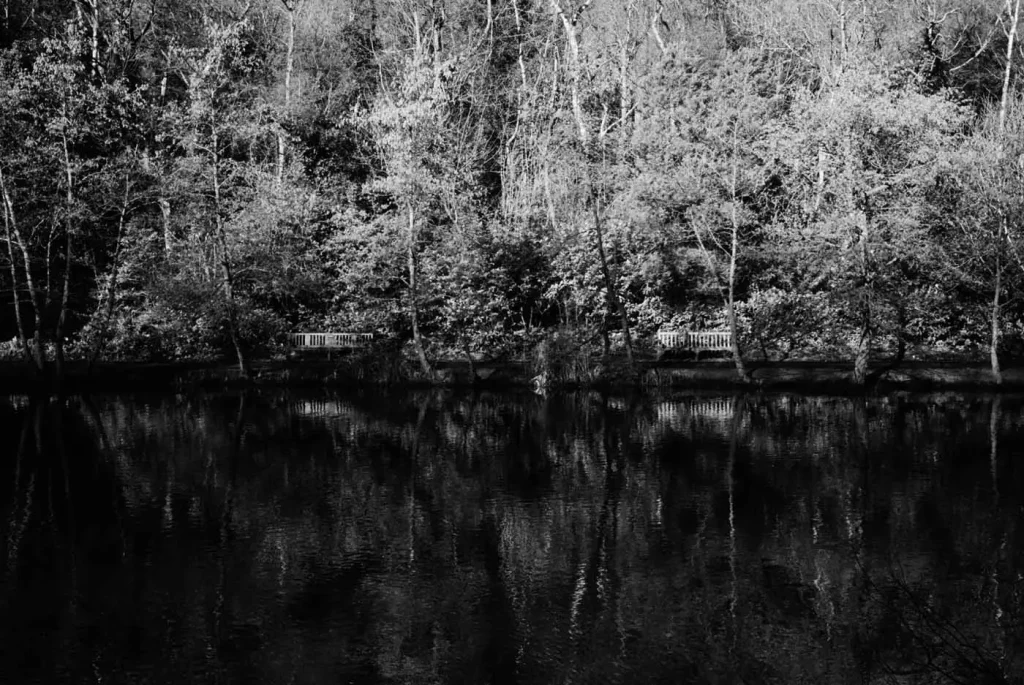
The edges of the pond were in a semi frozen (sludge) state, just about visible in this last image:
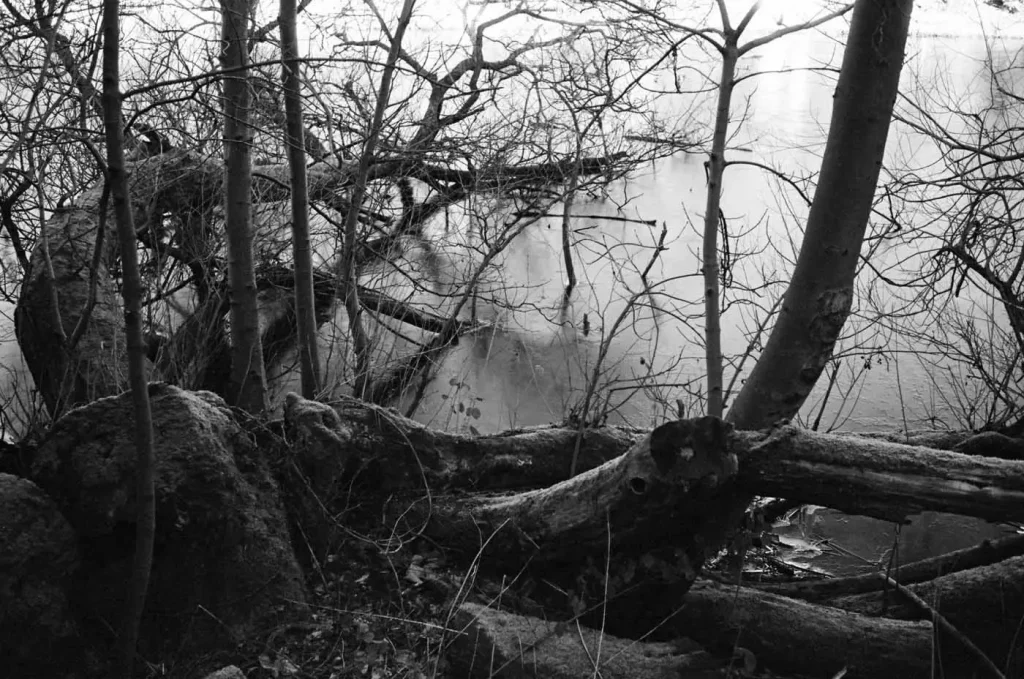
So, overall I’m delighted with the combination of film, camera and filter. There is a softness to the images which is easy on the eye, and the grain in the skies saved them from becoming whiteouts. Next time I will wait for clouds before venturing out armed with a roll of SFX, as (if I may be allowed to present one medium-format SFX image – again with an orange filter), the film does do clouds rather well:
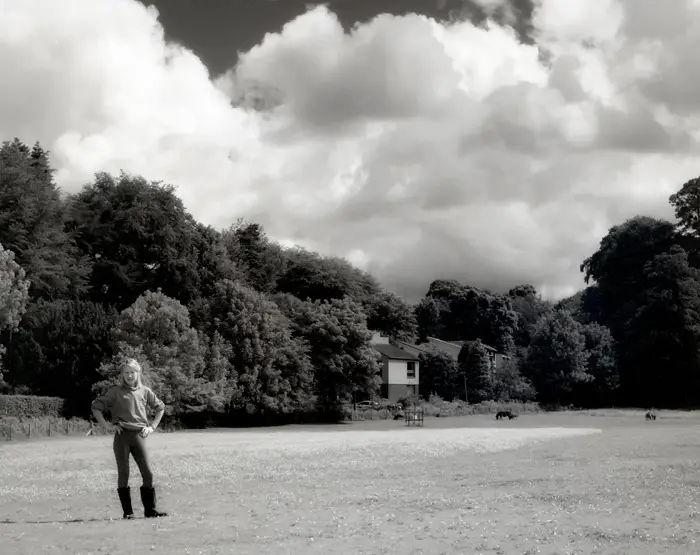
Share this post:
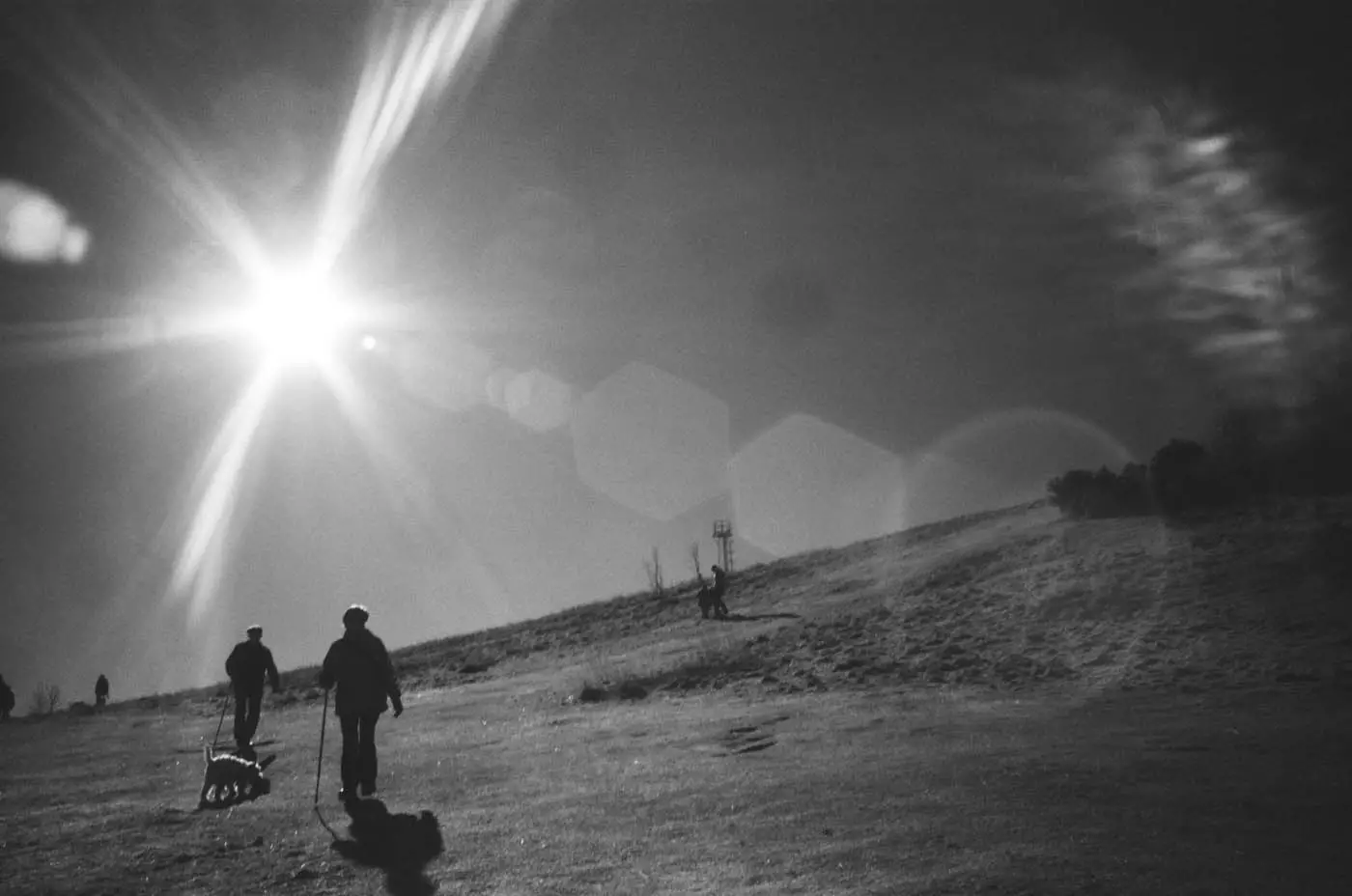








Comments
Hamish Gill on Experiences with 35mm Ilford SFX – by Rob MacKillop
Comment posted: 17/03/2016
The film/filter combo makes for some serious flare doesn't it - Have you ever seen this from the Hexar without the film or filter?
Comment posted: 17/03/2016
mick on Experiences with 35mm Ilford SFX – by Rob MacKillop
Comment posted: 17/03/2016
Comment posted: 17/03/2016
Comment posted: 17/03/2016
John Allen on Experiences with 35mm Ilford SFX – by Rob MacKillop
Comment posted: 17/03/2016
Comment posted: 17/03/2016
Dexter on Experiences with 35mm Ilford SFX – by Rob MacKillop
Comment posted: 22/03/2016
Comment posted: 22/03/2016